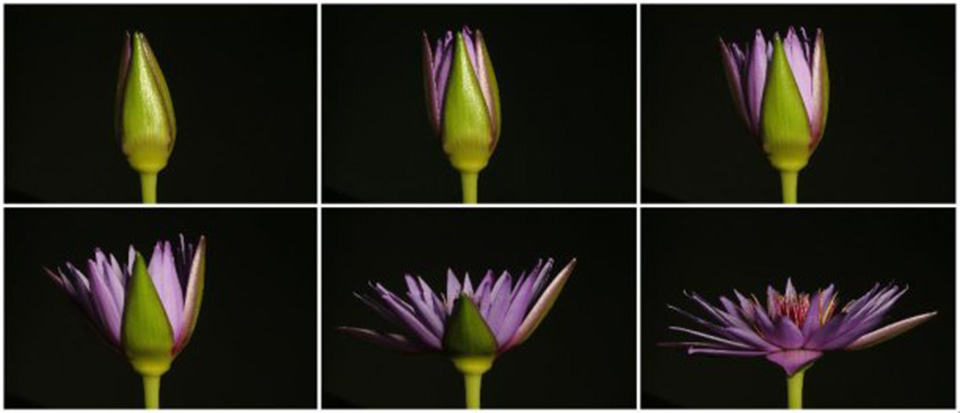
The camera is one of the most fantastic pieces of equipment to record change. A tangible, visible record of something caught suspended in time forever. With its (and our) unique abilities, we can then repeat that record of the same “something” at regular intervals. That is simply known as time lapse photography. I am sure that everyone has seen the sequences of a flower opening, or a caterpillar turning into a butterfly. Those of you who may have seen a rather avant-garde movie called “A Zed and two Noughts” will remember the time lapse work that was done there. For those who have not seen it, the time lapse was of the decomposition of human bodies.
But you do not need to restrict yourself to doing serial shots (that is not pictures of Kellogg’s Corn Flakes! Sorry about the pun) at one second intervals, or even hourly intervals. There is one famous photographer who has now been doing serial nude self-portraits on her birthday for the past thirty years. The results, that some people might find depressing, are actually now being studied by the medical profession, being the only “scientific” study of aging that has ever been done. I believe that this is truly a work of art, never mind the medical significance.
So what sort of work can you do for a time lapse photography project? While the annual shot approach is very commendable, I personally do not have the patience to take one shot and wait twelve months to take the next one! Short attention span is a family trait! No, pick something that can allow you to produce a finished product in the sort of time frame that you could sit comfortably with.
Here is one suggestion – buy a rose (they sell them in all bars every night) and place it in a vase by the window and shoot it at lunchtime. Leave it exactly where it is, and take one lunchtime shot every day for the next week. In that time, it will have spread its petals, begin to die, the petals will shrink up, the stem will bend over, the water will have gone cloudy and other attributes that will only become obvious when you study the shots. However, to capitalize on this you must mount the shots, side by side, in order from the left. You have just produced a work of art in a week!
So you haven’t got the stamina for a week. What else can you do? Well, there is always the record of one object in daylight. Take your shots, one every two hours, of your house, for example, starting at 6 a.m. You will see how the different time of day produces different light, the sun’s movement produces different shadows and again, by mounting them side by side, in order from the left, you will have produced a work of art in one day!
By the way, the reason that they must be mounted in order from the left is that the eye is trained to scan from the left, not from the right (unless you come from some of the Arabic countries).
So you don’t want to spend a day getting your definitive time lapse shots (you’re getting close to my idea now), so look at taking one hour. In that time you can document the progress of a snail along a wall, or serial shots of people walking down the street, your son painting a wall or the magical way your beer glass empties. The last one sounds the best I think. Just light it from behind with natural lighting to get the best effect. Probably I would suggest that you repeat this a few times over a Sunday afternoon, just to make sure you’ve really got all the shots correct. Wouldn’t want to miss one.
The next day, take a shot of two aspirins before you swallow them with a glass of water and mount the serial beer glass shots side by side and then the two aspirins as the final one. Now that really is a work of art!






